


Edition
Teacher



PBL Junior 5 – My healthy menu | 1st semester
Theme Unit: Unit 4 (Food for everyone!)
Key content: science, nutrition, healthy living
Vocabulary: rice, beans, cheese, chicken, beef, apple, grapes, cereal, yogurt, eggs etc. calories, fat, protein, sugar, carbohydrate, vitamins, fiber, iron, calcium. Different typical dishes.
Target language: I eat/have … every day. / I like to eat/have … for breakfast/lunch/dinner. / What do you have for breakfast/lunch/dinner? I have … My favorite meal is… / There’s/’re 100g of fat/ sugar in this food. There are some sugar/ fat in this food. / There aren’t any sugar/fat in this food.
Unidade Temática
Objetos do conhecimento
• Vida e evolução
• Nutrição do organismo
• Hábitos alimentares
BNCC
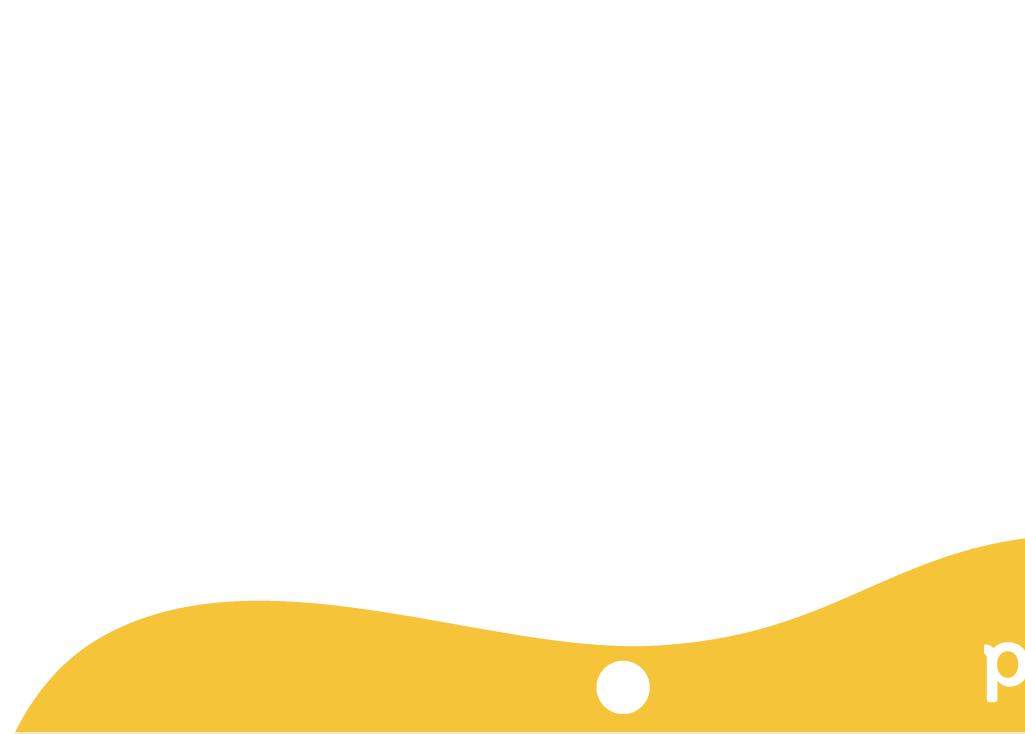
A. Introducing the project (Lesson 1)
B. Planning the project (Lessons 2 and 3)
Habilidades
Driving question

• (EF05CI08) Organizar um cardápio equilibrado com base nas características dos grupos alimentares (nutrientes e calorias) e nas necessidades individuais (atividades realizadas, idade, sexo etc.) para a manutenção da saúde do organismo.
How can I have healthy diet based on my personal choices?
Resources
Project Summary
Presentation format
Groups and roles
Introduction (Lesson 1): Students will reflect on their current eating habits and think of ways to improve them. They will learn about the different food groups and the food pyramid, and will learn how to read food labels, and interpret the nutrients that each food contains. Going beyond borders, they will learn about typical dishes from other countries and their nutrients. Finally, as final task, they will design a menu with two healthy snacks, present them in a school event, and have a picnic with their classmates at school.
Planning (Lessons 2-3):
• Oral Presentation + Digital version Product
• Oral Presentation + Hands-on presentations
Students voice and choice
• Groups of 4 students
• Roles: presenter/ writer/ facilitator/ illustrator
• Entry task (1 lesson)

• Tasks 1 through 4 (2 lessons each)
• Final project/ event
Booklet
Group project agreement
Work plan
Work plan
Suggested dates:
• From March through September
• 6 weeks
• 14 lessons of 25’ /30’ Calendar
3
C. Working on the project (Lessons 4 - 13)
Entry task

Introduction (Lesson 4): Food vocabulary + Food groups
1. Food vocabulary: brainstorm different foods students eat in their daily diet: rice, beans, cheese, chicken, beef, apple, grapes, cereal, yogurt, eggs etc.
2. Food groups: students match the foods to their respective groups.
3. Students play SNAP game to practice vocabulary.
Pre task 1 (Lesson 5): Nutrients
In groups, students match the nutrients and their descriptions.
Task 1 (Lesson 6): My food pyramid
Task 1
Students work on creating their own food pyramid that reflects their eating habits. They present it to each other. After that, they are presented with an ideal pyramid and compare it with theirs.
Pre task 2 (Lesson 7): Interpreting food labels
Students go around their houses or take a trip to the supermarket and take pictures of different food labels. Students start interpreting the food labels paying attention to the type of nutrients each food contains, especially sugar.
Booklet
Task 2
Task 2 (Lesson 8): Food recommendations
Students read a text about the recommended amount of sugar in foods and create a recommendation table placing the foods into three categories: Green light: Go foods! / Yellow light: Be careful foods! / Red light: Stop foods! stating the reasons for their recommendations.
Pre task 3 (Lesson 9): Typical dish in Brazil
Students describe a typical dish in Brazil for breakfast/lunch/dinner and illustrate it.

Task 3 (Lesson 10): Typical dishes around the world
Booklet
Task 3
Students do some research on typical dishes of 2 different countries and say whether they are healthy or not and why. Then they present them to the class giving details about the type of nutrients each recipe has.
Pre task 4 (Lesson 11): My healthy snacks

Students will design a menu with two healthy snacks they can eat at school. They will fill out a table with the ingredients and nutrition facts about their snacks.
Booklet
Extra material (photos of food labels)
Task 4
Final project
Task 4 (Lesson 12): Preparing the snacks
In groups, students will prepare two snacks based on the table in the pre task. The groups will collect all the ingredients and take them to school in order to prepare the snack.
Presenting (Lesson 13): Showing and savoring the snacks
Students will show their snacks in a school event and have a picnic together to savor their snacks.
Booklet
Appendix A
Booklet
Food ingredients
4 Teacher Edition



5 D. Assessing the project (Lesson 14) Perspectives Assessment (Lesson 14):
Self-assessment
Peer assessment
Teacher assessment Booklet Criteria 1. Presentation 2. Execution 3. Learning evidence 4. Creativity & Originality 5. Reflection Assessment rubrics
•
•
•
INTRODUCING THE PROJECT









DRIVING QUESTION:
















How can I have a healthy diet based on my personal choices?

You will reflect on your current eating habits and think of ways to improve them and learn about the different food groups and the food pyramid, how to read food labels, interpret the different nutrients that each food contains and learn about typical dishes from other countries. As final task, you will design a menu with two healthy snacks, present them in a school event, and have a picnic with your classmates at school.


Lead-in: In lesson 1, students will be introduced to the project, which is about healthy eating habits. In lessons 2 and 3, they will plan it by following the steps in Part B. In this very first lesson, start by asking them what they like to eat every day. Make a list of different foods on the board as they say their favorite ones. Focus on the driving question: How can I have healthy diet based on my personal choices? Explain that, during the project, they will learn the different kinds of food that are part of their daily meals, their nutrients and food groups. They will learn to interpret food labels, and reflect upon their daily habits in general in relation to food. Are they healthy? Tell them that, as a final task, they will design a menu with two healthy snacks taking into account what they have learned throughout the project, and have a picnic at school.

PLANNING THE PROJECT
with an oral presentation. You could also present a digital or real product such as a poster, a model, a scrapbook etc.


6 Teacher Edition
specific role, as follows:



• Presenter: this person will present the final project to the other groups and answer any questions which might come up.
• Recorder: this person will document the process; does all the writing for the group.



• Facilitator: this person will be responsible for introducing the topic and leading the discussion; makes sure everyone is on task.
• Illustrator: this person will be responsible for researching and selecting images and references and/or illustrations.
In the appendix 1 you will find a Group Project Agreement to write the names of the 4 participants in each group, check out the team’s golden rules and sign the document for agreement.

Work Plan. In your groups, you will fill out the table (Appendix 2) answering the following questions for each step of the project (Entry task, Task 1, Task 2, Task 3, Task 4 and Final Project):
• What needs to be done?
• Who will do that?
• Deadline?

• Done?
appendix 3, you will find a calendar, which presents a suggestion of how these lessons can be organized during the school year.
7
WORKING ON THE PROJECT



A NOTE FOR TEACHERS: The Student’s Horizons Booklets can be found on PES Hub. Students can access the booklet and read the activities on their devices and answer the questions on their notebooks/notepads. Feel free to print single pages of the booklet to be used as handouts.
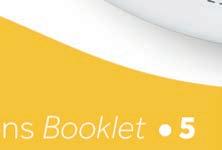




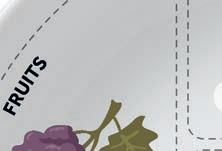
AIM: At this stage, students will be further introduced to the theme of food, such as their favorite foods and eating habits. Draw a picture of a plate on the board with a fork next to it and ask students to predict the topic (food). Ask students to name foods they know and write them on the board. Ask them to say what their favorite foods are and why. Introduce the idea of food groups (Fruits, Grains, Dairy, Vegetables, Protein) to students. Use simple examples to show differences between some of the foods on the board. For example, ask: Are eggs and apples in the same group? Use a TPR (Total Physical Response) activity to allow students to show their prior knowledge. For example, they stand up if the two words are in the same food group and put their hands on their heads if they are different. Go on calling out different foods and asking them about which food group they think each one is. Don’t give any answers at this point. Additionally, bring photos/flashcards of different foods to introduce the vocabulary to students. Make sure these foods belong to different food groups.
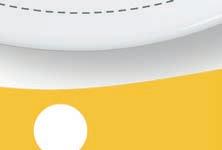

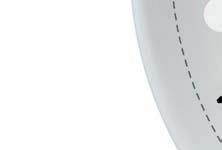






letter in each space.












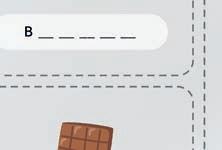






Lead-in: this is an introductory task for students to familiarize themselves with the food groups. At this stage, they will not be introduced to the food pyramid. Ask them to look at the plate and identify the 5 food groups and see one example of food in each group. Ask them to complete the name of this food by writing one letter in each space. To check answers, ask students to spell the words and say them. Give the example: grapes is a fruit. G-R-A-P-E-S, grapes. Do the same with the other foods.





8 Teacher Edition
group. Then, write its name.


B __ __ __ __
C __ __ __ __ __
FRUITS/VEGETABLES
M __ __ __ __ __ __
A __ __ __ __
B __ __ __ __ __ __ __
L __ __ __ __ __ __





DAIRY
C __ __ __ __ __
Y __ __ __ __ __
FAST/CANDIES
B __ __ __ __ __
C __ __ __ __ __ __ __ __




































PROTEIN
B __ __ __ __
C __ __ __ __ __ __
E __ __





















9
Have students cut out the following food images and play SNAP in small groups. Students hold their stack of cards facing down. Write on the board (or say out loud) one of the food groups (GRAINS, FRUITS, VEGETABLE, DAIRY, FATS, CANDIES, PROTEIN). Now, students take turns drawing one card and laying it out on the floor for everyone to see and shouting the name of the food. The next student must draw one card, expose it on top of the previous card. They keep drawing, laying out the cards and shouting the food names, one at a time, until the food group written on the board matches the card drawn. At this point students must hit the pile of cards with a spread hand as fast as they can. The first one to do it gets all the pile and they all keep on playing until there’s no card left. The winner is the student with the most cards. After playing, kids can glue the cards to a notebook page and label them. Encourage them to reuse the paper trash produced in class






































































































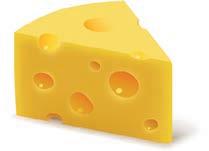












































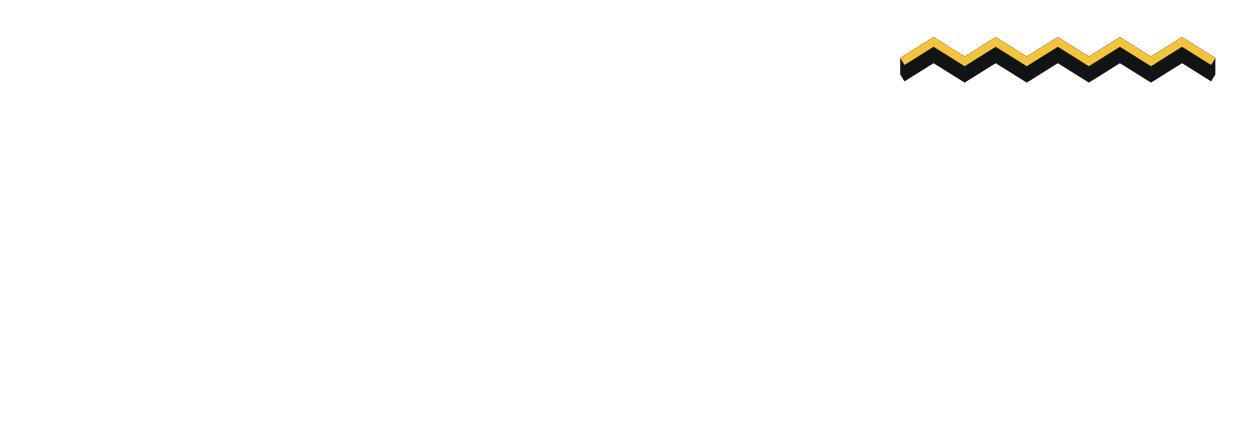
11
In this activity, students will go deeper into the concept of food groups, by matching the nutrients of each food group with their description/function. Point out here that each food group has main nutrients that help us to be healthy. In summary, let students know about this: Carbohydrates give you energy Protein builds muscles and helps your body grow Fat gives you energy and makes you feel full Vitamins help you heal and fight off sicknesses Minerals/ Calcium help you build strong bones, teeth, and muscles, and water cools your body and helps you digest food This knowledge they will need to build their own Food Pyramid.
Contain sugar, fiber or starch and are your body’s
Is a mineral and helps you to build strong bones
Give you energy and help your body cells to
Is a mineral and helps your red blood cells carry


















Is a source of calories and too much can lead to















Is a type of carbohydrate and helps you to digest









main source of energy. to and teeth. grow. oxygen to your lungs and organs. lead weight problems or heart disease. food.

Help your body use the energy you get from food and keep your hair, eyes and skin healthy.
 A. PROTEINS
B. VITAMINS
C. CARBOHYDRATES
D. FIBER
E. IRON
F. FAT
A. PROTEINS
B. VITAMINS
C. CARBOHYDRATES
D. FIBER
E. IRON
F. FAT
13
G. CALCIUM
In this task, students will describe their daily meals and create their own food pyramid, using the knowledge they have gained about food groups and the nutrients in each food group. They will create their food pyramid that reflects their eating habits. It’s important to point out here that they won’t create an ideal food pyramid at this point. They will create their food pyramid reflecting their current eating habits whether they are healthy or not. Then, they will present it to class. As a wrap-up of the activity, you will show them the ideal Food Pyramid so that they can compare with theirs to see how they can improve their eating habits.













every day of each food group. What are your 1 groups? Share with a partner.





Activity 2: students will describe in more detail their daily eating habits. They will fill out the following table by sticking a picture of what they eat in each food group and how may servings they have from each food. Tell students that the size of each food group on the pyramid corresponds with the amount of food, or number of servings, that we need to eat every day. The way we measure a serving depends on the food group. For example, one serving from the grains group would be a slice of bread. One serving from the fruit group would be an apple. The groups at the bottom of the pyramid take up more space, which means that we need more servings of these foods. The group at the top of the pyramid is for foods that consist primarily of fat and sugar, demonstrating that you should only eat a small amount of these foods. Don’t let students know this information for the time being. At this stage, the format won’t be that of a pyramid, but of a rectangle. Students will fill out the rectangle with the foods they consume every day and find pictures to illustrate the foods.

14 Teacher Edition
Food Pyramid using the information in activity 2. Compare with a partner.
Activity 3: students will transfer the information in the previous activity to the blank pyramid and compare with a partner. After comparing, they will share their pyramids with the whole class.















































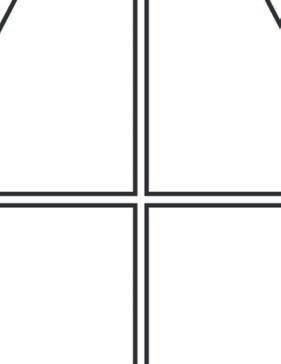

























VEGETABLES DAIRY GRAINS FAT PROTEIN
15
4 WHAT’S THE IDEAL FOOD PYRAMID?



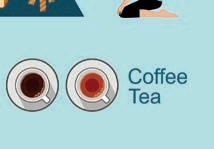
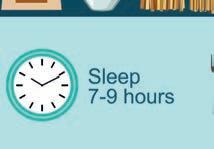


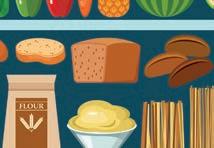
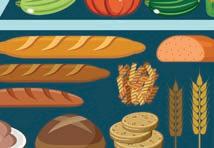















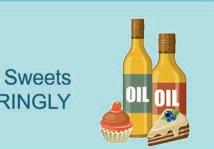

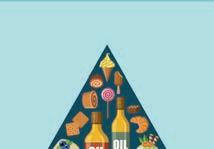










Activity 4: explore the following picture with students, showing what an ideal, balanced diet would look like. Have the class compare their own Food Pyramid with the one presented in the picture. Lead a discussion about healthy eating habits and what students should do to change/improve their eating habits.

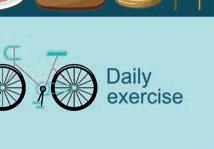


16
In this pre task, students will start interpreting the food labels paying attention to the type of nutrients each food contains (sugar, fat, salt etc.). They also learn the difference between fresh and processed food.
(under







adult
, with your camera ready and take pictures of different food labels. Make sure the place allows
supervision) photos! Print them and stick them below.
In this activity, students will have an active role. They will go around their houses or take a trip to the supermarket and take pictures of different food labels. Tell them that they are supposed to take 12 pictures, 2 for each of the food groups. Then they will print the pictures and glue them in the appropriate group.
GRAINS



















DAIRY FRUITS / VEGETABLES
PROTEIN
FAT CANDIES
 FOOD GROUPS LABEL 1
LABEL 2
FOOD GROUPS LABEL 1
LABEL 2
17
In this task, students will research different food labels and create a recommendation table placing the foods into three categories: Green light: Go foods! / Yellow light: Be careful foods! / Red light: Stop foods! based on the amount of sugar each food has. At this stage, it would be too complex for students to conduct a thorough analysis of all the food nutrients. So, they will concentrate their analysis on sugar only. First, they will read a text to contextualize the topic and have a better understanding of the healthy/unhealthy amounts of food. Finally, they will fill out a table with two foods for each of these 3 categories:
1. Green light: Go foods!




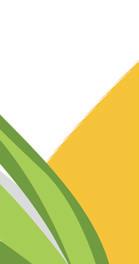










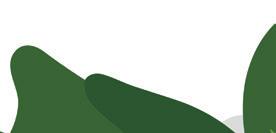

2. Yellow light: Be careful foods!























3. Red light: Stop foods!

Read the text and look at the picture. Answer the questions with T (true) or F (false).






























snacks aren’t healthy because they have a lot of sugar. A little bit of sugar is OK sometimes, but too much sugar isn’t only bad for your teeth; it can slow you down and even stop you from sleeping well! Fruits and vegetables have a little sugar. Some foods have a lot of sugar, like candy, cookies, and soda. One can of soda has 39 grams of sugar ... that’s almost 10 teaspoons! It’s the same as three bananas or two and a half apples!
= 3 = 2.5 Teacher Edition
Before you have a snack, find out how much sugar is in it. Foods and drinks we buy at the store have nutrition labels on the back. The label tells you about the total grams of sugar and the grams of added sugar. Foods and drinks with less than 10 grams of sugar are usually good. The best snacks are natural foods like fruits and vegetables, with milk or water to drink. 18
Healthy snacks don’t have any sugar.
2. Too much sugar is not good for your health.
3. If you eat too much sugar, you don’t sleep well.










4. One can of soda has more sugar than 5 bananas.












5. Foods and drinks have nutrition labels.
6. Foods with 11 grams of sugar or more are not good.

7. A mango and a carrot are good food for your health.



















Now it’s time to help your friends have a healthier diet. Make recommendations of Stick the picture of the foods, write their names and the amount of sugar each one
Go foods! Be careful foods! and Stop foods! has. Then share your recommendations with the class.
of the food
Stick here the picture of the food
Stick here
BE CAREFUL!
Stick here the picture of the food
SUGAR SUGAR
SUGAR
T F
FOOD SUGAR FOOD
food
of the
FOOD SUGAR FOOD of the food
the picture of the food
FOOD SUGAR FOOD 19 X X X X X X X
In this pre task, students will pretend there’s a new, foreign student in their school and they will describe a typical dish from Brazil or their region/state. Have students complete the table below with foods in each meal. Then, they share with the class. Have them reflect on the following: is it a healthy or unhealthy diet?










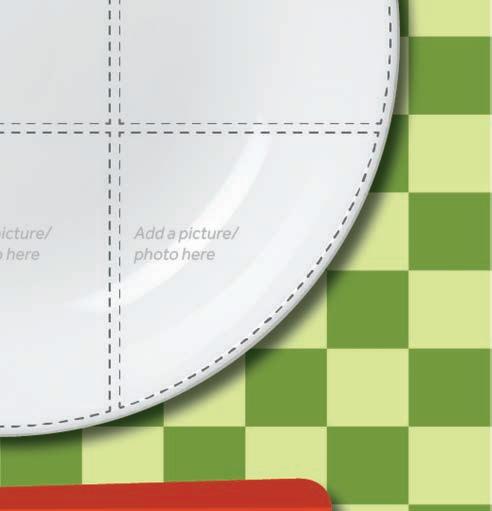


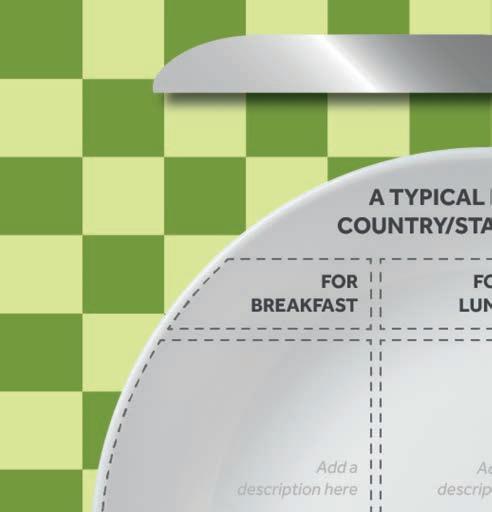


20 Teacher Edition
In this task, students will do some research on popular/typical dishes in 2 different countries and say whether they are healthy or not and why. To make the activity more contextualized, they will first be presented to a child from the UK who is describing a typical dish in their country. Then, using it as a model, they will produce two other posters with 2 kids from different countries describing their dishes. Then, they will present them to the class giving some information about the type of nutrients each recipe has. Are they healthy or unhealthy?






Amanda is from the UK. She lives in York. She’s describing a typical dish from her country. Is it healthy or unhealthy? Read the description and check out the nutrition facts (calories, fat, protein, and sugar).








































fish and chips. You can have fish and chips in almost any restaurant in my country. The fish is usually cod. The fish is fried and you put vinegar on the chips. It’s delicious!





Source: https://www.calorieking.com/au/en/foods/f/calories-in-meals-fish-and-chipsfish-only-battered-deep-fried/p4gnpwUGQo-weMuNwQipug











































Calories Fat Protein Sugar 343 19 g 23.3 g 1.5 g
NUTRITION FACTS - 1 serving (150 g)
21
Now it’s time for students to do some research on typical dishes in 2 other countries. They should complete the template in the appendix A. To do this, they must create a character (boy or girl), give him/her a name, a country, and write about a typical dish in his/her country. Then, go to the website www.calorieking.com/us/en/foods/ (or any other site) and find out the nutrition facts about this dish. Is it healthy or unhealthy? After they’re done, they present their findings to the rest of the class.






GO TO APPENDIX A




























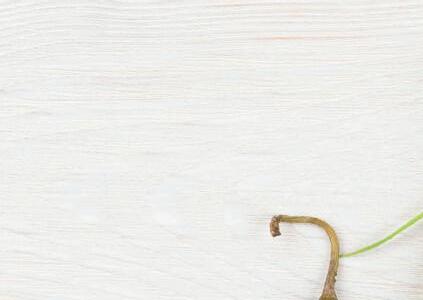












A TYPICAL DISH IN MY COUNTRY
Now it’s time for students to share their findings by showing the typical dishes of 2 countries and comparing the nutrition facts of all the dishes. Ask: which country has the healthiest dish? Which one has the unhealthiest?







I’m from __________________________________. A typical dish from my country is ______________. It’s made (with/by) _________________________. It’s very (good/ refreshing/ sweet/ salty etc. Write the taste, or characteristic of this dish).
typical
your findings with the class. 1 serving (_______ g) Calories Fat Protein Sugar girl’s picture here Boy or girl’s name here
Write about
dishes of 2 other countries and complete the nutrition facts. Share
22 Teacher Edition
In this pre task, students will design a menu with two healthy snacks they can eat at school. In order to help them in their planning, they may fill out the table below with the ingredients and nutrition facts. They will do this task in groups of 3 or 4.

After doing it, as the main task and as a wrap-up of the project, they will prepare their menus and have a picnic outdoors with their classmates sharing their recipes and having a good time!
Plan your healthy snacks.


SNACK:
















NUTRITION FACTS
Calories Fat Protein Sugar
ProteinSugar
NUTRITION FACTS

Calories Fat Protein Sugar

ProteinSugar





































 Put a picture/ photo of your snack here
Put a picture/ photo of your snack here
23
Put a picture/ photo of your snack here
In this final task, students will use everything they have learned throughout the project journey to prepare two snacks based on the table in the pre task. In activity 1, the groups will collect all the ingredients to prepare the snack and take them to school. The groups can either prepare their snacks at the same time while the teacher monitors them, or, alternatively, they can it into turns to prepare their snacks while the rest of the classes observes. Finally, as a wrap-up of the project, they can have a picnic outdoors to enjoy their snacks together.












































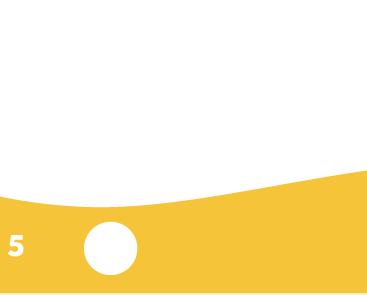













Let’s eat the snacks! Yummy!
























































24 Teacher Edition
1. Self-assessment: each student will reflect and assess their own learning journey in 5 main areas and 4 performance bands. They will choose a band from 1 to 4 according to their own perception.
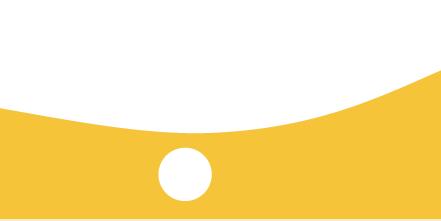
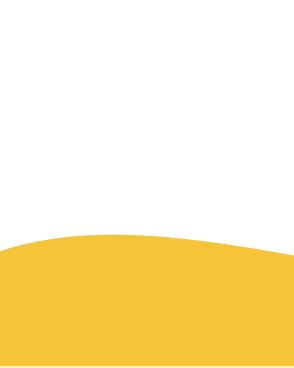
2. Peer assessment: each student will choose a classmate to be assessed in 5 main areas and 4 performance bands. They will choose a band from 1 to 4 according to his/her own perception of the colleague’s performance.


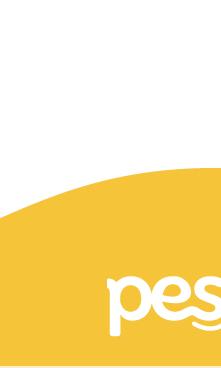
3. Teacher assessment: the teacher will assess each student in class in 5 main areas and 4 performance bands. He/she will choose a band from 1 to 4 according to his/her own perception of each student’s performance. The 5 main areas and 4 performance bands are shown in the following table.
These are to be filled out at the end of the project journey in lesson 14.











25
APPENDIX A
This appendix is to be used in Task 3.
A TYPICAL DISH IN MY COUNTRY
Stick a boy or girl’s picture here
Boy or girl’s name here
NUTRITION FACTS
1 serving (_______ g)
Calories
Fat
Protein
Sugar
I’m from __________________________________.
A typical dish from my country is ______________.
It’s made (with/by) _________________________.
It’s very (good/ refreshing/ sweet/ salty etc. Write the taste, or characteristic of this dish).

A rubric is an explicit set of criteria used for assessing a particular type of work or performance and provides





INCOMPLETE
NOT PRESENTED WITH CARE. SOME INCOMPLETE ACTIVITIES
MOST OF MY WORK WAS ADEQUATE, NEAT AND PRESENTED WITH CARE.
ALL MY WORK WAS ADEQUATE, NEAT AND PRESENTED WITH CARE.
ACTIVITIES NOT DONE, OTHERS INCOMPLETE. THE PROJECT GOALS NOT CONSIDERED.
VARIOUS ACTIVITIES INCORRECT. SOME OF THE PROPOSALS NOT CONSIDERED.
MOST OF THE ACTIVITIES CORRECT. MOST OF THE PROJECT PROPOSALS WERE CONSIDERED.
ALL THE ACTIVITIES CORRECT. ALL THE PROJECT PROPOSALS WERE TAKEN INTO CONSIDERED.
LEARNING SOME LEARNING I LEARNED MOST THINGS I LEARNED A LOT
CREATIVITY SOME BASIC CREATIVITY
SOME CREATIVITY ADDING EXTRA DETAILS
A LOT OF CREATIVITY, EXTRA DETAILS AND ORIGINALITY.
WAS WEAK
I ASSESSED MY LEARNING AND WORK AT A BASIC, SUPERFICIAL LEVEL


I CAN ASSESS MY LEARNING PROGRESS BASED ON THE WORK DONE. I’M AWARE OF THE DIFFICULTIES ENCOUNTERED.



I FULLY REFLECT ON MY LEARNING PROGRESS, SHOWING AWARENESS OF MY ACHIEVEMENTS AND DIFFICULTIES. I SHOW INTEREST IN IMPROVING.

PERCENTAGE (1)
(2) (3) (4)
1. PRESENTATION
(
( ) ( ) ( )
)
2. EXECUTION
( ) ( ) ( ) ( )
(
( ) ( ) ( )
3. LEARNING EVIDENCE
)
4. CREATIVITY & ORIGINALITY
(
( ) ( )
( )
)
5. REFLECTION
(
( ) ( ) 27
( )
)
2. EXECUTION
PEER ASSESSMENT RUBRIC
NOT NEAT INCOMPLETE
NOT PRESENTED WITH CARE.
SOME INCOMPLETE ACTIVITIES
MOST OF MY CLASSMATE‘S WORK WAS ADEQUATE, NEAT AND PRESENTED WITH CARE.
ALL MY CLASSMATE‘S WORK WAS ADEQUATE, NEAT AND PRESENTED WITH CARE.
SOME ACTIVITIES NOT DONE, OTHERS INCOMPLETE. THE PROJECT GOALS NOT CONSIDERED.
NOT MUCH LEARNING DEMONSTRATED
VARIOUS ACTIVITIES INCORRECT. SOME OF THE PROPOSALS NOT CONSIDERED.
MOST OF THE ACTIVITIES CORRECT. MOST OF THE PROJECT PROPOSALS WERE CONSIDERED.
ALL THE ACTIVITIES CORRECT. ALL THE PROJECT PROPOSALS WERE TAKEN INTO CONSIDERED.
LITTLE OR NO CREATIVITY
MY CLASSMATE’S WORK WAS WEAK
SOME LEARNING DEMONSTRATED
MY CLASSMATE LEARNED MOST THINGS MY CLASSMATE LEARNED A LOT
SOME BASIC CREATIVITY

I ASSESSED MY CLASSMATE’S LEARNING AND WORK AT A BASIC, SUPERFICIAL LEVEL

SOME CREATIVITY ADDING EXTRA DETAILS
A LOT OF CREATIVITY, EXTRA DETAILS AND ORIGINALITY.
I CAN ASSESS MY CLASSMATE’S LEARNING PROGRESS BASED ON THE WORK DONE. THEY ARE AWARE OF THE DIFFICULTIES ENCOUNTERED.
I FULLY REFLECT ON MY CLASSMATE’S LEARNING PROGRESS, SHOWING AWARENESS OF THEIR ACHIEVEMENTS AND DIFFICULTIES. THEY SHOW INTEREST IN IMPROVING.

28 Teacher Edition
(1) (2) (3) (4)
ASSESSMENT PERCENTAGE
1. PRESENTATION
( ) ( ) ( ) ( ) ( )
( ) ( ) ( ) ( ) ( )
3. LEARNING EVIDENCE
( ) ( ) ( ) ( ) ( )
4. CREATIVITY & ORIGINALITY
( ) ( ) ( ) ( ) ( )
5. REFLECTION
( ) ( ) ( ) ( ) ( )
TEACHER ASSESSMENT RUBRIC

The presentation was not neat. Many activities were incomplete.
Some activities were not done, others were incomplete. The project proposals (teacher and team) were not considered.
The work was not presented with care. Some activities were incomplete.
Various activities were done incorrectly. Some of the project proposals (teacher and team) were not considered.
Most of the work was adequate, neat and presented with care.
Most of the activities were done correctly. The project proposals (teacher and team) were considered.
All the work was adequate, neat and presented with care.
All the activities were done correctly. The project proposals (teacher and team) were considered.
The S’s journey does not reflect assimilation of the contents.
The S’s journey reflects assimilation of some of the contents.
The S’s journey reflects the assimilation of most of the contents.
The S’s journey reflects a thorough, meaningful assimilation of all the contents.

Little or no creativity has been demonstrated.
The creativity demonstrated meets the basic requirements.
The creativity demonstrated goes beyond the basic requirements, adding extra details which were not expected.
The creativity demonstrated goes far beyond the basic requirements, with a good deal of extra details and originality. ( ) ( ) ( ) ( ) ( )
Student is not able assess the work done.
Student is unable to identify the difficulties encountered.

Student can assess their learning and work at a basic level, but it is superficial or not well reasoned. Only recognizes some of the difficulties encountered.
Student assesses their learning progress based on the work done. Is aware of the difficulties encountered.
Students can fully reflect on their learning progress, showing awareness of their achievements and difficulties. Shows interest in improving.
29
(1) (2) (3) (4)
ASSESSMENT PERCENTAGE
1. PRESENTATION
(
(
( ) ( ) ( )
)
)
2. EXECUTION
( ) ( ) ( ) ( ) ( )
3. LEARNING EVIDENCE
(
( ) ( ) ( ) ( )
)
4. CREATIVITY & ORIGINALITY
5. REFLECTION
( ) ( ) ( ) ( ) ( )
APPENDICES
These first 3 appendices are to be used in Parts A (Introducing the project) and B (Planning the project) in lessons 1 through 3.
APPENDIX 1 – GROUP PROJECT AGREEMENT
Group Project Agreement
School: ___________________________________
Group Name: _______________________
Project: _______________________________________________ Date: _________________
Members and Roles:
Name Role Presenter: Speaks when the group needs to answer a question and presents the final project to the class.
Scribe/Recorder: Documents the whole process and does the writing for the group.
Organizer: Keeps track of time and makes sure all tasks are completed. Collects and returns materials and equipament.
Facilitator: Responsible for introducing the topic and leading the discussion. Makes sure everyone is on task.
Our team’s golden rules:
• We listen to each other’s ideas with respect.
• We work as best as we can.
• We do our work on time.
• We help others and ask for help if we need it.
• We ________________________________________________
• We ________________________________________________
Group member signatures:
TEAM LOGO
APPENDIX 1 – GROUP PROJECT AGREEMENT


Badges: Roles: CEO, Imagineer (engineer), Secretary



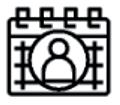

Presenter
Useful Phrases:
• Do we need to share this with the class?
• In our group, we talked about...
• One thing we consider important is...
Organizer
Useful Phrases:
• What materials do we need?
• I will get the ... (scissors, ruler etc.)
• We have ... minutes left.
• Let’s move on to the next question.
Facilitator

Useful Phrases:
• Welcome to the group. Today, we discuss...
• Do you have an opinion or question about...?
• It’s ...’s turn to share now.
• That’s a great idea!
Recorder
Useful Phrases:
• Do we need to write this?
• How do you spell ...?
• How can I organize this on paper?
What needs to be done? Who will do what? Deadline?Done? Entry task [ ] Yes [ ] No Task 1 [ ] Yes [ ] No Task 2 [ ] Yes [ ] No Task 3 [ ] Yes [ ] No Task 4 [ ] Yes [ ] No Final Project [ ] Yes [ ] No
APPENDIX 2 – WORK PLAN
APPENDIX 3 – CALENDAR
CALENDAR Weeks Lessons Description Dates Notes 1 - April 1 Introducing the project / Driving question 2 Planning the project 3 Planning the project 4 Entry task 2 - May 5 Task 1 6 Task 1 7 Task 2 8 Task 2 3 - June 9 Task 3 10 Task 3 11 Task 4 12 Task 4 4- July 13 Final project 14 Final project















































































































































































































































 A. PROTEINS
B. VITAMINS
C. CARBOHYDRATES
D. FIBER
E. IRON
F. FAT
A. PROTEINS
B. VITAMINS
C. CARBOHYDRATES
D. FIBER
E. IRON
F. FAT





































































































 FOOD GROUPS LABEL 1
LABEL 2
FOOD GROUPS LABEL 1
LABEL 2































































































































































































 Put a picture/ photo of your snack here
Put a picture/ photo of your snack here

























































































































